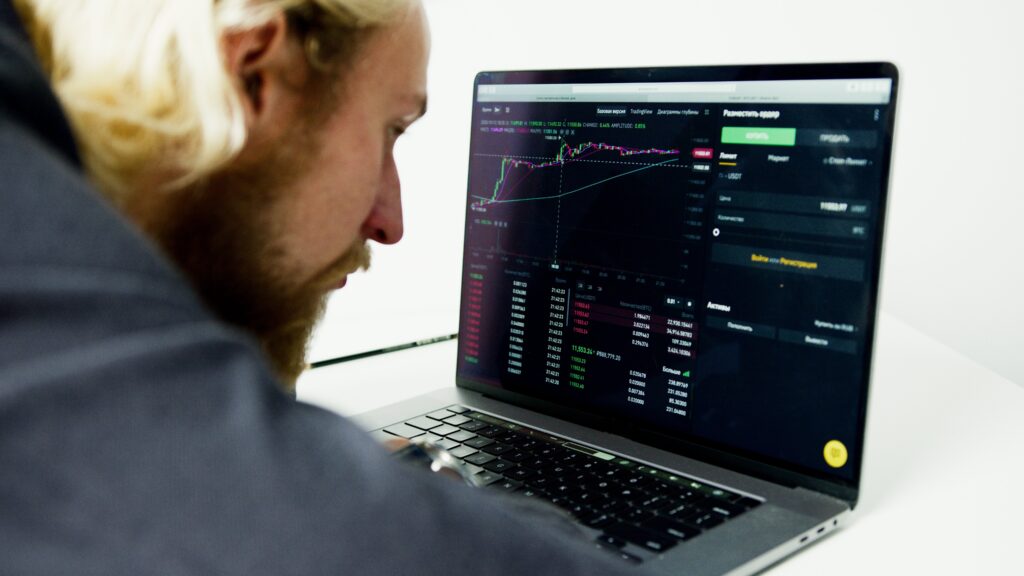Successful trading in the fast-paced world of trading requires making well-informed decisions.One powerful tool that traders use to refine their strategies and optimize their portfolios is backtesting. In this blog post, we’ll explore the ins and outs of backtesting with Interactive Brokers, shedding light on how this platform can help traders make more informed and profitable choices.
Understanding Backtesting
Backtesting is the process of evaluating a trading strategy using historical data to simulate how it would have performed in the past. It allows traders to assess the viability of their strategies, identify potential weaknesses, and make data-driven adjustments. Interactive Brokers, a leading brokerage platform, provides robust tools and features for backtesting that empower traders to refine their tactics before deploying them in live markets.

Key Features of Backtesting on Interactive Brokers
1. Historical Data Access:
Interactive Brokers offers extensive historical data across various asset classes. This wealth of information enables traders to test their strategies in diverse market conditions, enhancing the reliability of their backtesting results.
2. User-Friendly Interface:
The platform’s intuitive interface simplifies the backtesting process, making it accessible to both novice and experienced traders. With easy-to-use tools, users can define their parameters, set time frames, and analyze results seamlessly.
3. Customizable Strategies:
Traders can implement and test a wide range of strategies, from simple moving average crossovers to complex algorithmic approaches. Interactive Brokers allows for extensive customization, letting users fine-tune their strategies based on historical data.
4. Risk Management Tools:
Effective risk management is vital in trading, and Interactive Brokers recognizes this. The platform integrates risk management tools into the backtesting process, allowing traders to evaluate not only the potential returns but also the associated risks.
Step-by-Step Guide to Backtesting on Interactive Brokers
Step 1: Define Your Strategy
Start by clearly outlining your trading strategy. Specify entry and exit points, set stop-loss and take-profit levels, and determine any other relevant parameters.
Step 2: Access Historical Data
Interactive Brokers provides a vast repository of historical data. Select the asset class and time frame you want to analyze, ensuring it aligns with your trading strategy.
Step 3: Implement Strategy
Input your defined strategy into the backtesting tool. Interactive Brokers’ user-friendly interface allows for seamless implementation, with options to customize variables as needed.

Step 4: Analyze Results
Once the backtesting process is complete, thoroughly analyze the results. Pay attention to key metrics such as profitability, drawdown, and risk-adjusted returns. This analysis will provide insights into the effectiveness of your strategy.
Step 5: Refine and Iterate
Use the insights gained from the backtesting process to refine and iterate on your trading strategy. Make adjustments based on the historical performance to enhance the strategy’s robustness and adaptability to different market conditions.
Conclusion
Backtesting with Interactive Brokers empowers traders to make well-informed decisions by leveraging historical data and powerful analytical tools. By following a systematic approach and utilizing the platform’s features, traders can refine their strategies, mitigate risks, and ultimately enhance their chances of success in the dynamic world of trading. Embrace the power of backtesting to unlock the full potential of your trading journey with Interactive Brokers.
